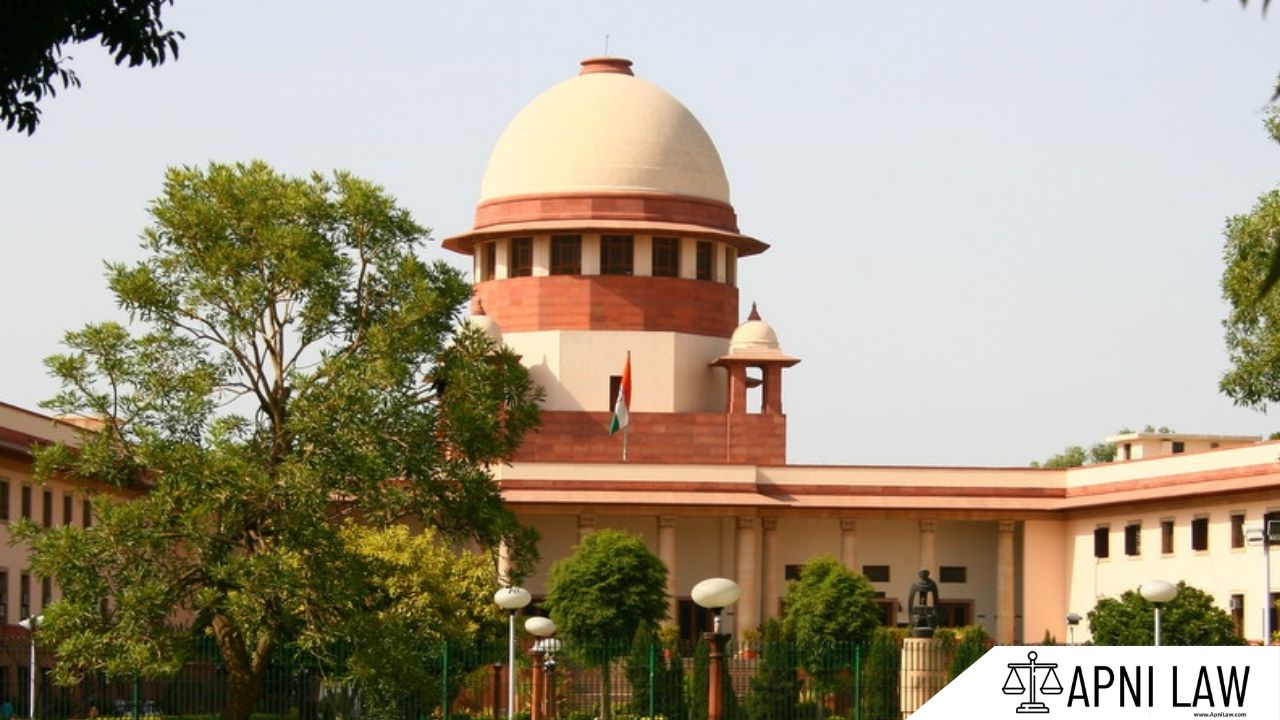Introduction
Governments can only acquire land under narrow, well-defined reasons. The Right to Fair Compensation and Transparency in Land Acquisition, Rehabilitation and Resettlement Act, 2013 clarifies this under Section 2. It focuses on public benefit, and it guards against misuse. The Act also improves compensation, rehabilitation, and consent procedures.
What “Public Purpose” Means
Section 2(1) lays out what counts as public purpose. It includes land needed for national defence, infrastructure, agriculture support, industrial zones, water and sanitation, research and education, healthcare, sports, tourism, and housing for the poor or displaced. The Act lists these clearly to limit arbitrary acquisitions.
This Act replaced the colonial Land Acquisition Act of 1894, whose concept of public purpose was broad and vague. The 2013 law narrows and clarifies it. It includes only projects that truly serve public good.
What About Consent
The Act demands strong procedural checks. When the acquisition involves private companies, it requires the prior consent of at least 80% of affected landowners. For public-private initiatives, it needs 70% consent. The Act also bans acquiring multi-crop irrigated land unless unavoidable, and it mandates alternate land or compensation.
Is There Social Impact Assessment and Expert Review
The government must notify that it plans to acquire land for public purpose. Then it must conduct a Social Impact Assessment (SIA). An independent expert group must review the results to ensure the acquisition truly benefits the public and not private interest. However, critics say the Act’s procedure can be slow and cumbersome. It can take years to complete, and some argue that expert recommendations are advisory rather than binding.
Balancing Compensation and Rights
The Act improves compensation significantly. It offers up to four times the market value in rural areas and twice in urban, along with rehabilitation benefits. It also adds job promises, subsistence allowances, or annuities, and housing. Courts reinforced its fairness. For example, the Supreme Court ruled that the land’s market value must be fixed on the date of formal acquisition, as stated in the Section 11 notification.
What Are The Owners’ Rights
Courts recognize landowners’ rights as fundamental. The Supreme Court emphasized that hearing objections under Section 15 is akin to a fundamental right. If authorities ignore those objections, the acquisition becomes invalid. The Act also says acquisition proceedings lapse if authorities fail to take possession or pay compensation within five years of an award, safeguarding against extended delays.
Who Counts as “Appropriate Government”?
Usually, the state government acts as the ‘appropriate government’ under the Act. But in some situations, the Collector may assume that role for small land patches, if the state notifies it. Courts in Kerala interpreted local rules this way.
Judicial View on “Public Purpose”
Judges have long said that public purpose should serve the general welfare. This idea evolves over time. Courts refuse to treat political or private benefit as a genuine public purpose. Many rulings deny acquisitions that mask political motives or favor private interest.
For any specific query call at +91 – 8569843472
Conclusion
The RFCTLARR Act, 2013 redefines public purpose with clarity and care. It limits acquisition to projects that serve national interests, infrastructure, social welfare, and marginalized groups. It institutes strong checks, consent, impact assessments, compensation, and strict timelines. Courts have upheld these safeguards and clarified ambiguities. The law balances development needs with landowners’ rights and public justice.








